Mental Health
The Seasonal Impact on Mental Health: Seasonal Depression’s Effect on the Workforce
By: Liam Martinez, HR Insider Superhero
September 5, 2023 | Download Report
Jump to Place
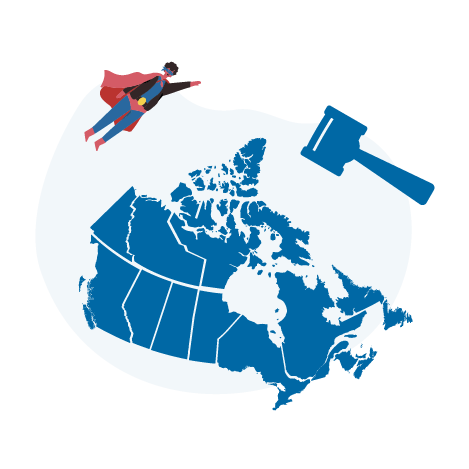
Hey Future HR Insider Superhero,
If you’re anything like me the changing of seasons gets you down, and it’s a slump that’s hard to manage. We all have to keep our productivity up it’s not like workplaces are naturally compliant, we’ve got work to do.
So, this time around I (my sidekick) had to do some research and find resources I could use to help me learn about Seasonal Affective Disorder (SAD). To my sidekick’s relief, we saved hours by using HR Insider’s resources! He found a ton of resources that I added to my personal toolbelt:
I’ll spare you all the boring parts and get to the key points that you should be considering when managing people with SAD in your workplace. As an HR Insider Superhero, I get alerts on upcoming workplace issues so that I can act proactively to protect my team and the business. Here’s an overview of season depression and how it affects workplace productivity.
What is Seasonal Affective Disorder?
Seasonal Affective Disorder (SAD), commonly referred to as seasonal depression, is a mood disorder that affects individuals at specific times of the year, usually during the fall and winter months when sunlight exposure is reduced. As the days get shorter and the temperature drops, a significant number of Canadians find themselves grappling with the productivity killing symptoms. According to the Canadian Mental Health Association, an estimated 2-3% of the workforce have SAD, and another 15% have a less severe experience described as the “fall blues.”
To delve deeper into the implications of this condition, this special report is the best starting point. It provides a full assessment of seasonal depression’s effect on the workplace through debunking myths, providing tips, and guiding you through in-house, cost-effective treatment options to deal with the potential challenges.
Employees affected by SAD have decreased productivity, increased absenteeism, and a diminished ability to engage with their team, which influences team dynamics and overall workplace morale. Productivity often takes a hit as employees grappling with seasonal depression may find it challenging to concentrate, think creatively, or muster the energy to complete tasks at the same pace as they used to, which leads to project delays and missed deadlines, potentially impacting your bottom line.
A focus on mental health in your workplace helps foster an environment where employees feel comfortable discussing their mental well-being. It is crucial that teams trust their management and this trust is directly linked to levels of engagement. You need to stay aware of the signs of depression among your staff! Online courses and infographics about mental health can aid in educating your team, modernize your workplace culture, and make it easier for affected individuals to seek support without the stigma.
Remote and hybrid workplaces present a unique mental health challenge, it’s essential to check in regularly with WFH employees on their mental health. Refresh your team on how to have engaging and productive virtual meetings and use team-building activities to combat feelings of isolation.
To fully protect your employees, understanding and addressing mental health in the workplace is necessary. For a comprehensive understanding of your team’s mental state, you can use a tool like this mental health quiz and get a good idea of where you stand. This allows you to offer resources and support to those showing early signs of SAD. Your job is not just about maintaining productivity—it’s about creating a healthy work environment where every employee feels supported.
Things to Consider When Managing SAD:
Drug Use >>
Drug use to gain relief from seasonal depression is common and considering the swift and substantial legal shifts concerning marijuana, it’s use can spike during the coming months and impact your employee’s ability to function. Workplace testing for drugs and alcohol consumption can mitigate risks in specific scenarios, however it does warrant the concern of privacy and discrimination.
Stress at Work >>
The relationship between work stress and seasonal depression arises when individuals already grappling with the weight of job stress are further stressed by the change of seasons. SAD may increase feelings of overwhelm stemming from job-related pressures. As work dynamics continue to evolve, now, possibly more than ever, job-related stress jeopardizes both the well-being of employees and employers, particularly in the fall and winter months where SAD symptoms are most prominent.
Through its partnership with the National Institute for Occupational Safety and Health (NIOSH), HR Insider is equipping you with the insights you need to mitigate SAD stress, and other stress related challenges in your workplace. Read the research and access resources and tips to mitigate stress by reading this special report.
Social Media Use >>
Social media has become an integral part of many people’s lives, influencing not only personal interactions but also behaviors and moods in the workplace. When considering seasonal depression and its relationship to decreased productivity, social media is a major culprit. It can be a significant distraction at work and diminish an employee’s ability to recover from mental fatigue. Also, it can amplify feelings of isolation and overwhelm if used too often. Though short, controlled social media breaks can be helpful in de-stressing, extended use results in the disruption of our sleep patterns, consequently resulting in an increase of accidents or injuries in personal or professional settings.
What Causes SAD?
Mental health is a difficult topic that requires a lot of research to ensure the best solution for your workplace, here are some tips to promote employee well-being. Get the Tips!
The Mayo Clinic defines SAD as a subtype of depression that is linked the changing of seasons, notably summer into fall. Vitamin D deficiencies triggered by a lack of sunlight impact the body’s serotonin levels. Symptoms typically start in the fall, build through the winter months, and often end with the arrival of spring.
In people who suffer from seasonal depression, the lack of sunlight prevents the brain from performing as it should at work and at home. And as a result, you may see a decline in productivity. Most employees who experience their symptoms report a higher intensity during fall and winter months. However, there is another much less common form of SAD where people’s moods are affected with the coming of spring or summer.
What are the Symptoms of SAD?
SAD is characterized by symptoms that include low mood, decrease productivity, and social isolation. To combat this, you need an understanding and flexible policy. Access all Policies!
A recent article by the Canadian Broadcast Corporation (CBC) highlights how shorter days can disrupt our circadian rhythms and influence the onset of depressive episodes. Meanwhile, Canadian government has emphasized the importance of recognizing and addressing the symptoms of SAD, and depression, as a part of overall workplace health.
In the workplace, the effects of seasonal depression are far-reaching. Decreased energy levels, difficulty concentrating, and low team engagement, typical symptoms of SAD, can profoundly impact an individual’s productivity and overall mental health. Though the conversation surrounding mental health has evolved, the acknowledgment of seasonally induced conditions is still in its early stages in many professional environments.
A workplace culture that overlooks the implications of seasonal depression can inadvertently foster an environment of decreased morale. According to the 11 FAQs on mental health, understanding and addressing mental health disorders like SAD can lead to a 12% uptick in productivity. This fact underscores the importance of building a workplace that is not only aware of seasonal depression but also the benefits of being proactive.
The Workplace Consequences
Understanding the challenges and implementing a strategy for workplace mental health is time consuming, let us help you. Get the Checklist!
For a workplace to function healthily and productively, comprehensive policies addressing mental health are imperative. These policies should not only provide support for those affected but also educate others to encourage a culture of understanding and empathy. This approach is not just about productivity; it’s about valuing the well-being of every member of the organization.
One of the most concerning consequences of SAD in the workplace is the heightened risk of injuries. Employees dealing with seasonal depression have decreased alertness and attentiveness, which makes them more susceptible to errors and oversight in high-risk environments that require full attention.
Affected employees might also find tasks, which were once routine, becoming increasingly challenging. This reduction in efficiency can result in missed deadlines, leading to a backlog of work. As tasks accumulate, the feeling of being overwhelmed can set in, further exacerbating the stress and fatigue associated with the fall season. Reduced productivity and increasing overwhelm can have lasting effects on both the employee’s well-being and the overall output of the organization.
SAD can Cause:
Injury >>
Individuals affected by SAD frequently experience fatigue, reduced concentration, and slower cognitive processing. This diminished alertness and attentiveness make them more susceptible to mistakes and oversights. In environments where precision and focus are paramount, such as construction sites, factories, or warehouses, even minor lapses can lead to significant injuries. Furthermore, the lethargy and disinterest associated with seasonal depression may result in employees neglecting standard safety protocols or not being as vigilant about potential hazards.
Low Productivity >>
As people contend with the manifestations of SAD, such as fatigue, slowness, and challenges in focusing, their capacity to execute tasks both efficiently and effectively frequently diminishes. This decline in cognitive sharpness and energy means that tasks might take longer to complete, or the quality of work could be inconsistent with their usual standards.
Overwhelm >>
When symptoms of seasonal depression coincide with regular workplace demands, tasks that once seemed manageable can suddenly feel insurmountable, and this makes it hard for employees to keep up. As a result, the backlog of tasks grows, deadlines loom closer, and the pressure to perform mounts. This convergence of SAD symptoms and increased workplace responsibilities creates a heightened sense of work overwhelm, making it difficult for individuals to navigate their professional responsibilities effectively.
Focus on Mental Health!
HR Insider has the resources you need to stay up to date with the new laws and regulations in your province. Ask the experts, use our policies, and foster a healthy workplace. Join Us!
To stay updated on mental health laws and the necessary policies to be implemented, HR professionals, like you, need reliable resources at their fingertips. HR Insider’s 2-week trial offers access to hundreds of tools that keep you informed and ready to address the evolving needs of your workplace. With the right knowledge, you can ensure a supportive environment, especially during the challenging fall and winter months when SAD symptoms heighten.
Now’s the time to act! It’s crucial to understand, recognize, and address the impact of depression in your workplace. Do you put mental health first? Become an HR Insider Superhero today and save 20% by using code SAD23 – Mental Health Matters!




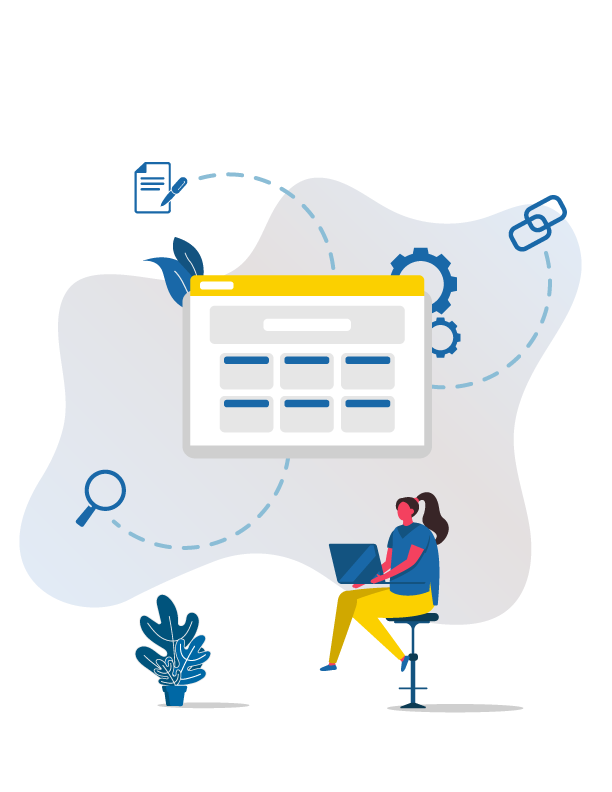
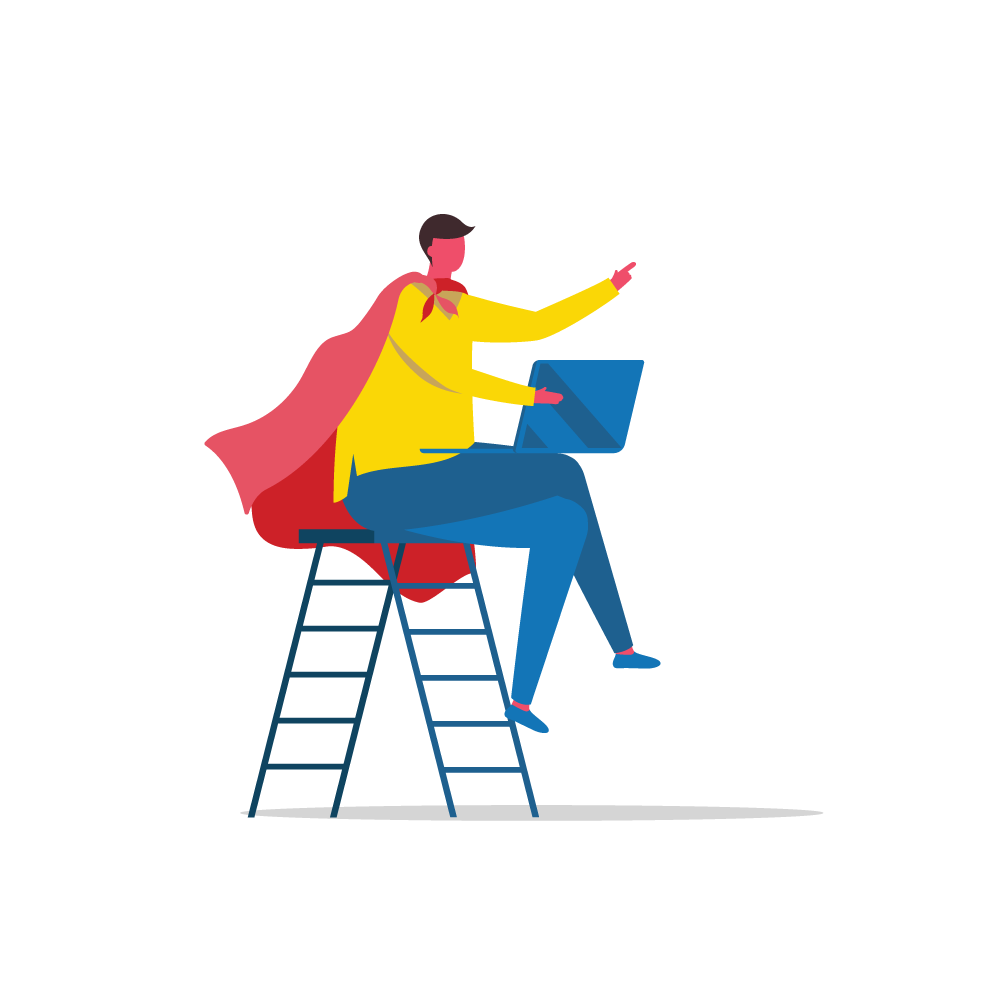
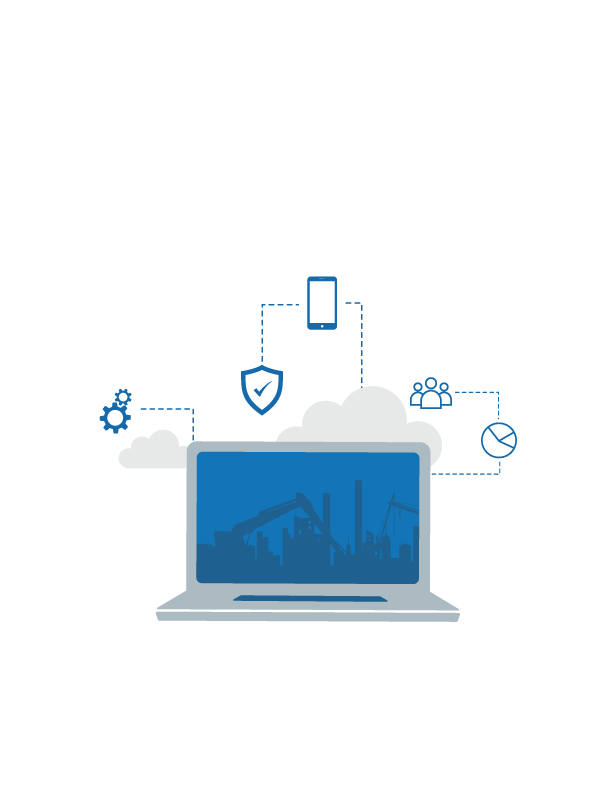
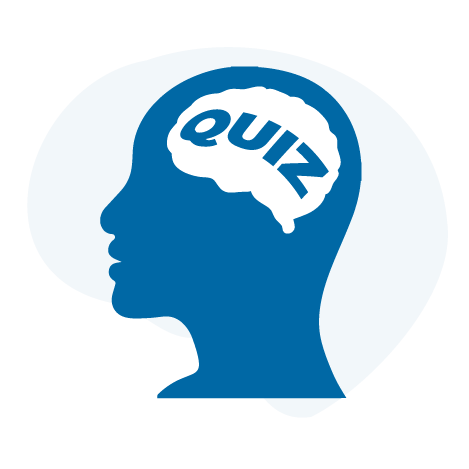
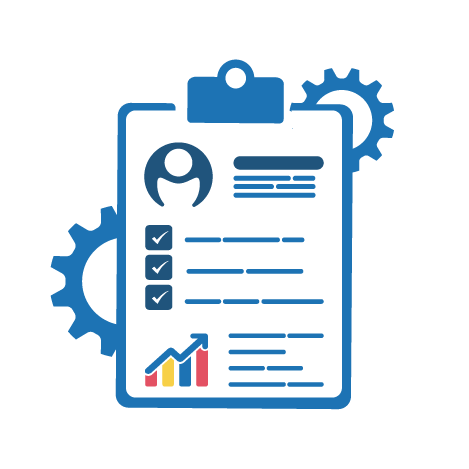
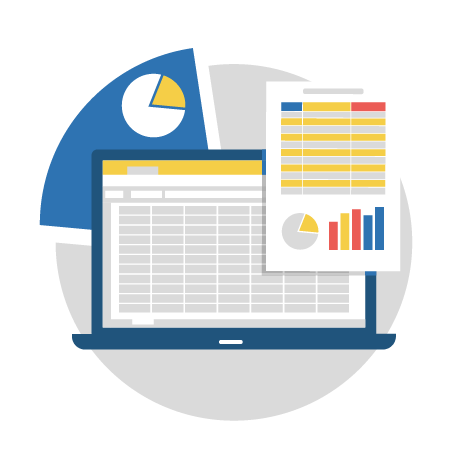
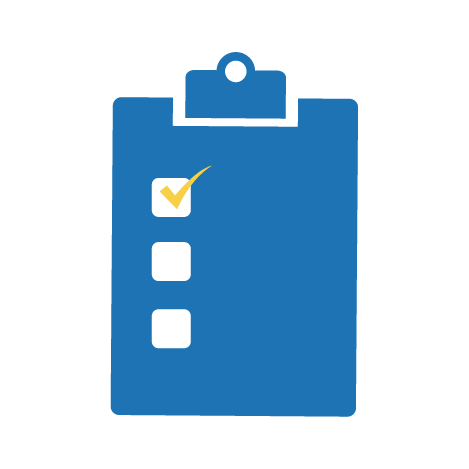
Magnificent beat! Where can I subscribe for more! This blog helped me a lot I had been a little bit acquainted on this topic, but this blog offered bright clear ideas and is easy to understand.